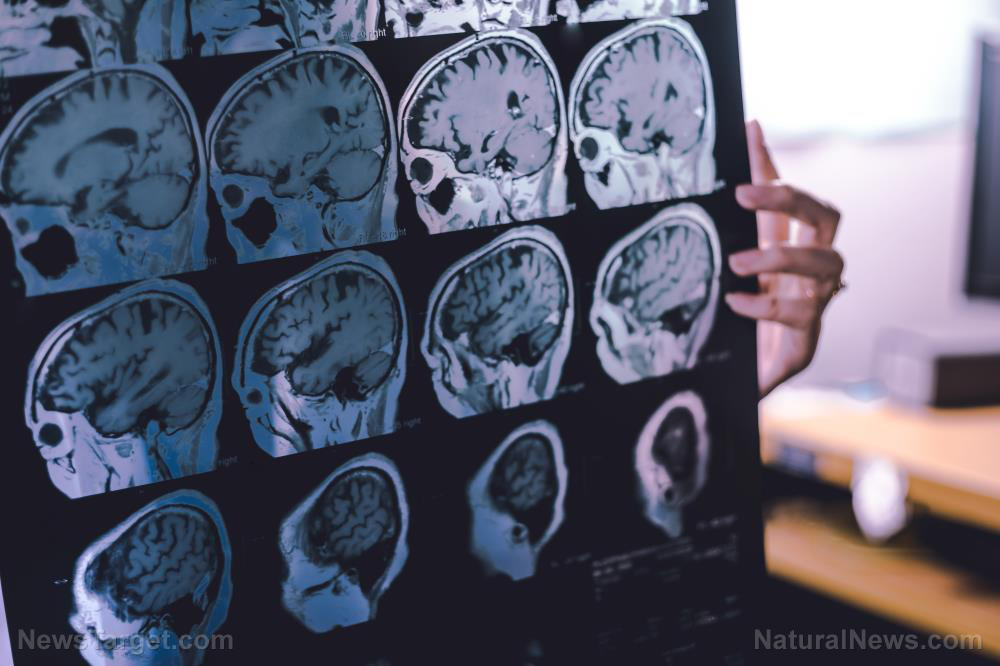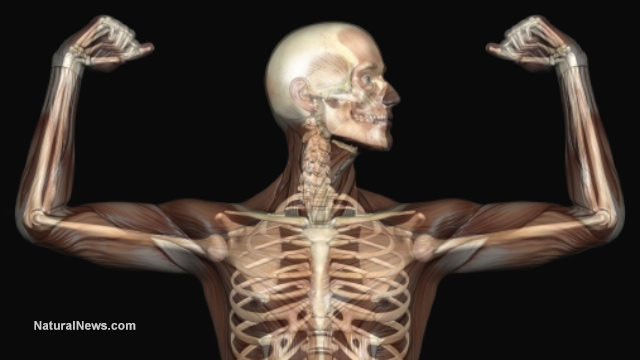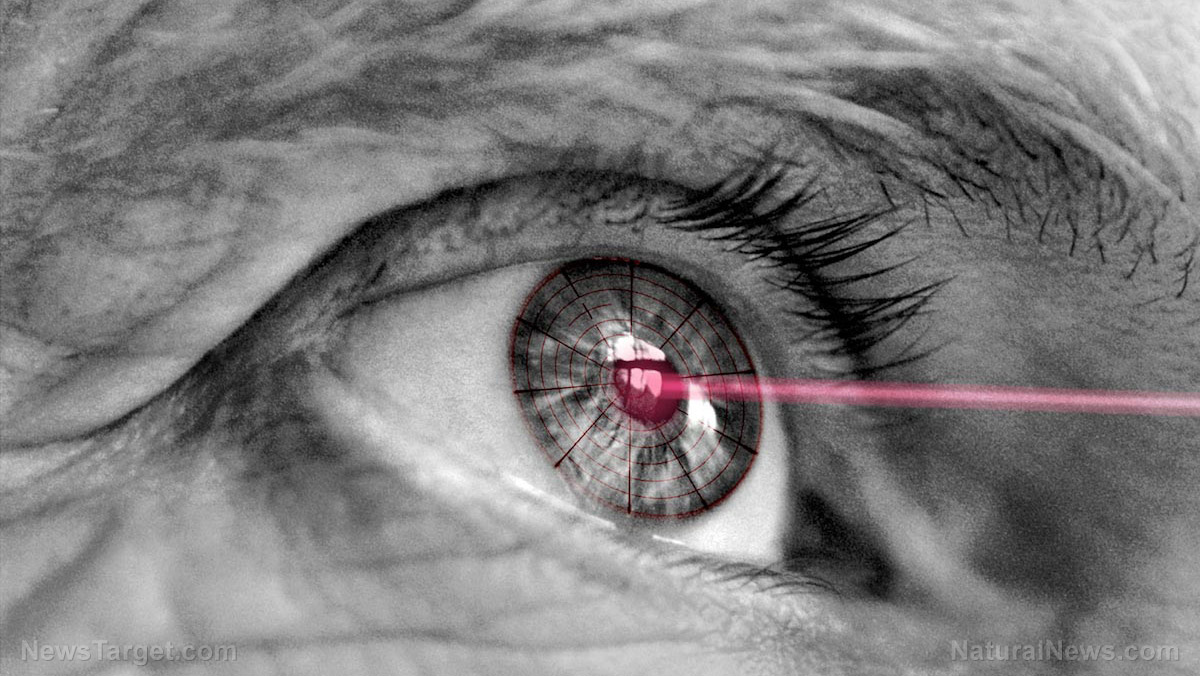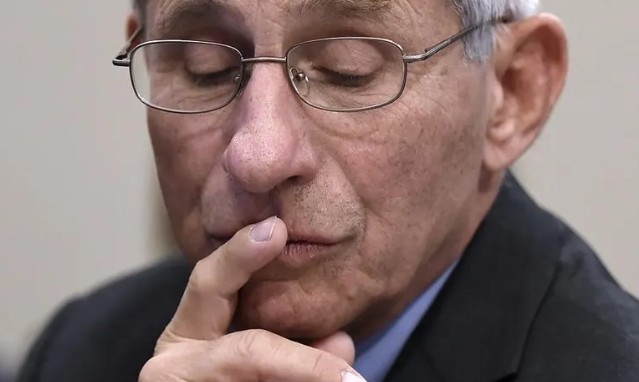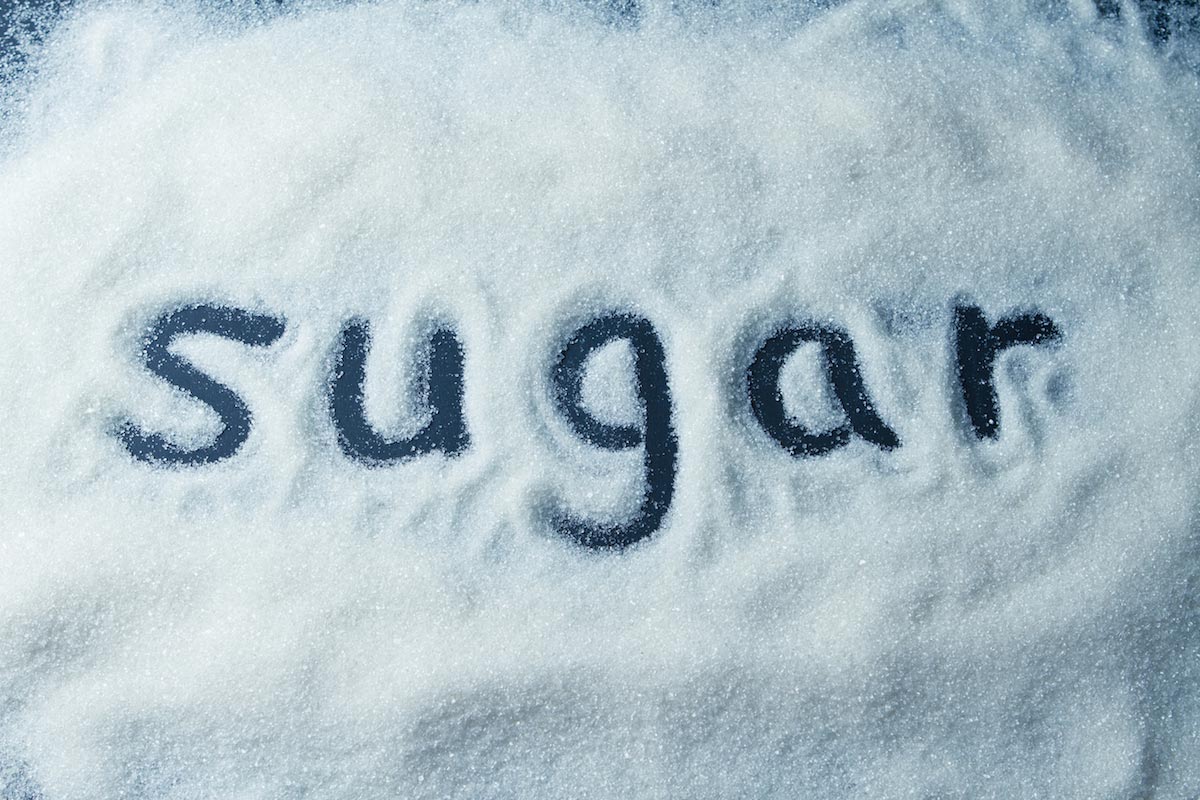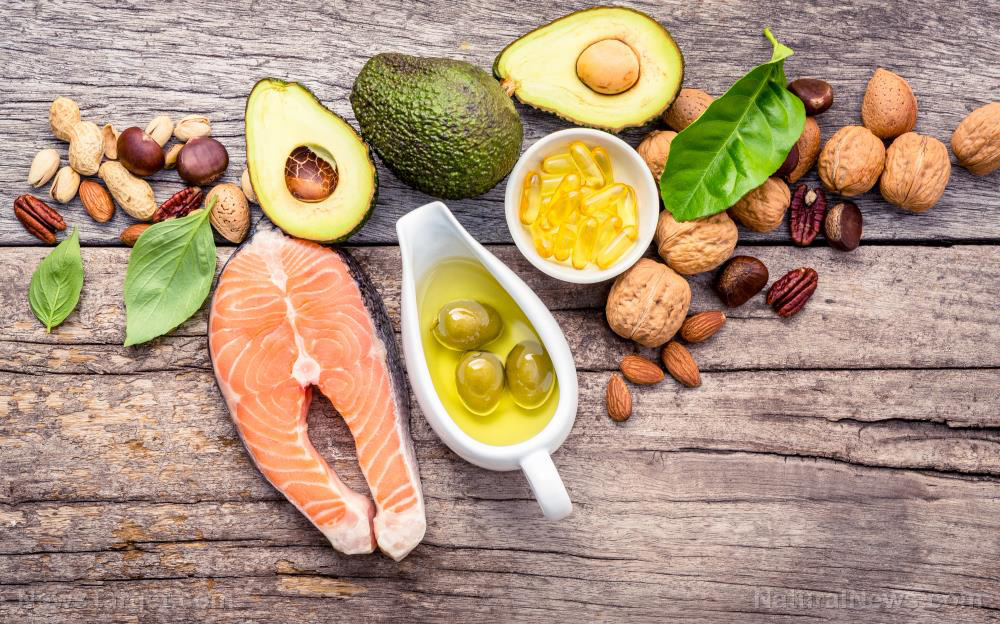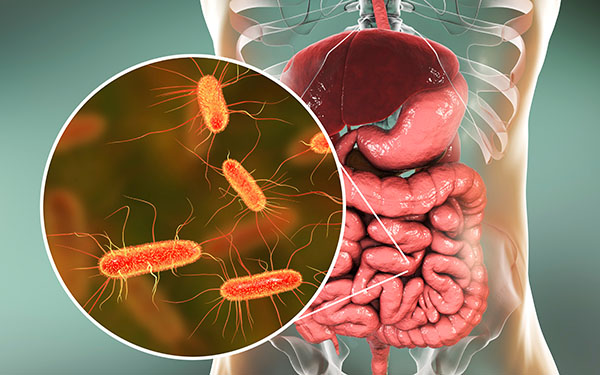Got a CAFFEINE WITHDRAWAL headache? It could be caused by dopamine downregulation and blocked dopamine receptors
08/25/2025 / By S.D. Wells
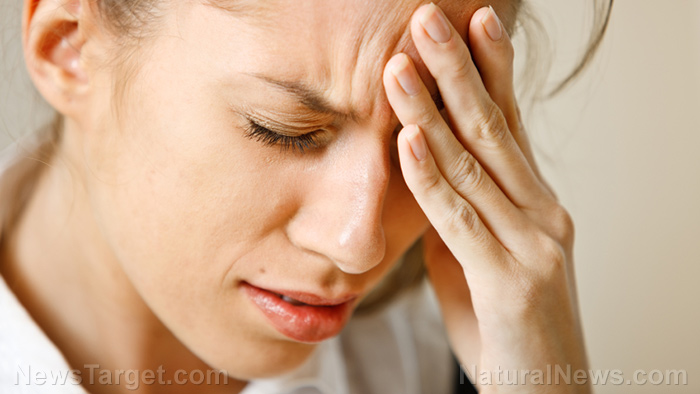
Ever try to stop drinking your daily coffee for a few days and get that intolerable headache? Do you know why that happens? There are many factors at play there, including the downregulation of dopamine and some constricted blood vessels. Let’s take a look at the science so you can better understand what’s going on, and remedy it with superfoods and supplements, if you so choose.
For millions of people, starting the day without coffee is unthinkable. But skipping that daily caffeine fix can result in an all-too-familiar pounding headache. Neurologists describe caffeine withdrawal headaches as “migraine-like” in intensity — pulsing, throbbing, and sometimes debilitating. Despite how common they are, the exact reason these headaches hurt so much is still not fully understood. What experts do know points to a combination of vascular changes, brain chemistry, and receptor activity.
- Caffeine withdrawal headaches typically strike within 24 hours of stopping regular intake (200+ mg/day for 2+ weeks) and can feel like intense, migraine-type pain due to blood vessel dilation and sudden changes in brain signaling.
- The pain is partly explained by caffeine’s role in constricting blood vessels and blocking adenosine; when caffeine is removed, vessels swell and adenosine builds up, both of which trigger headaches.
- Caffeine is paradoxical: While its absence causes withdrawal headaches, its presence can relieve them and even boost the effectiveness of common painkillers like ibuprofen or acetaminophen.
- To reduce headaches, experts recommend tapering gradually (25–50 mg less per day) or substituting lower-caffeine drinks like tea, since quitting suddenly often leads to more severe symptoms.
Why do caffeine withdrawal headaches hurt so much?
According to the International Classification of Headache Disorders (ICHD-3), caffeine withdrawal headaches typically occur in people who consume more than 200 milligrams of caffeine daily — about two cups of coffee — for at least two weeks before suddenly stopping. Symptoms often appear within 24 hours of reduced intake and may last up to a week unless caffeine is reintroduced.
Caffeine’s absence impacts the body in multiple ways, and neurologists emphasize that no single mechanism explains the painful withdrawal completely. Instead, several overlapping processes appear to contribute:
Blood vessel dilation
One widely accepted explanation involves blood vessels. Normally, caffeine constricts blood vessels in the brain, reducing blood flow. This effect is one reason caffeine is sometimes used therapeutically in headache treatments. When caffeine is removed, blood vessels expand, allowing increased blood flow that can cause throbbing pain. While this vascular rebound explains part of the discomfort, specialists say it does not tell the whole story.
Adenosine receptor rebound
A second key mechanism involves adenosine, a natural compound that regulates sleep and relaxation. Caffeine works by blocking adenosine receptors in the brain, preventing drowsiness and promoting alertness. With chronic caffeine consumption, the brain compensates by producing more adenosine receptors.
When caffeine is abruptly withdrawn, adenosine floods these extra receptors, slowing neural activity and dilating blood vessels further. The result: fatigue, sluggishness, and severe headaches. This mechanism also explains why caffeine is often added to over-the-counter painkillers — it enhances their effectiveness by blocking adenosine-driven dilation at the source.
Real-world settings
Caffeine withdrawal is not just a nuisance for coffee drinkers trying to quit. Doctors often see withdrawal headaches in hospital patients who must suddenly stop caffeine before medical procedures. They also appear during fasting periods, such as Ramadan, when caffeine consumers go long stretches without their usual intake.
Managing and preventing withdrawal
Fortunately, caffeine withdrawal headaches are temporary. Most resolve within a week. Experts recommend tapering caffeine intake gradually rather than quitting cold turkey. Cutting back by 25 to 50 milligrams per day — roughly a quarter to half a cup of coffee — helps minimize withdrawal effects. Substituting tea or other lower-caffeine beverages can also ease the transition.
If headaches last longer than a week, specialists advise seeking medical evaluation, since persistent pain may point to another underlying cause.
The takeaway
Caffeine withdrawal headaches are a striking reminder of how quickly the brain and body adapt to regular stimulant use. Blood vessel dilation, adenosine receptor changes, and altered neural activity combine to produce pain that can rival a migraine. While unpleasant, the condition is temporary and manageable. The best strategy for anyone looking to reduce caffeine intake is a gradual, controlled reduction, giving the body time to readjust and avoid the throbbing consequences of sudden withdrawal.
Tune your internet dial to NaturalMedicine.news for more tips on how to use natural remedies for preventative medicine and for healing and boosting dopamine, instead of overdosing on caffeine, nicotine, sugar and alcohol.
Sources for this article include:
Submit a correction >>
Tagged Under:
blood flow, blood vessels, brain function, brain health, caffeine, caffeine withdrawal, coffee, coffee detox, coffee headache, dopamine, food science, headaches, health science, migraine, phytonutrients, quit coffee, stimulants, vessel constriction
This article may contain statements that reflect the opinion of the author

